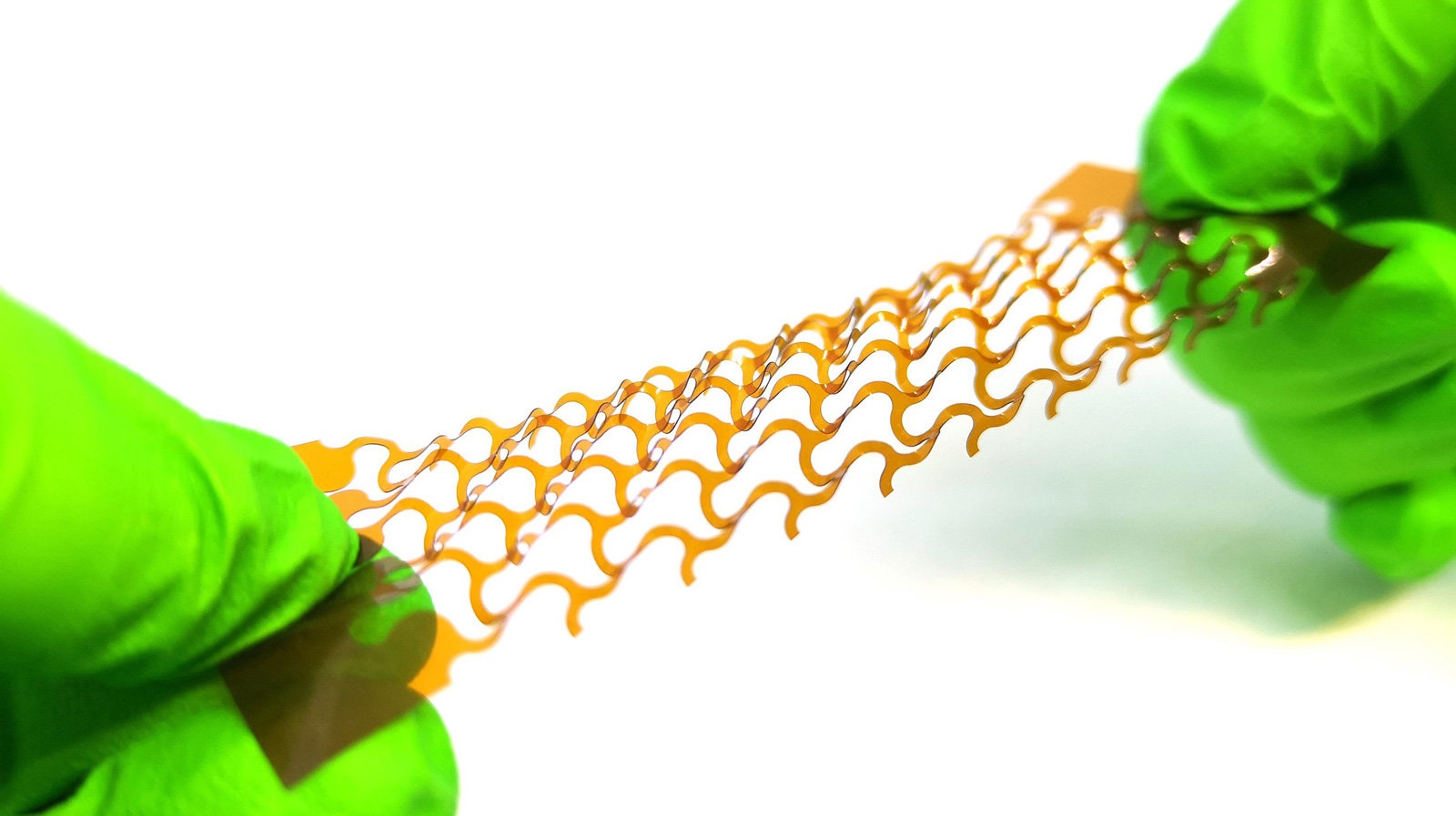Many hearing implants won’t help people with inner ear damage or auditory nerve problems, but the brainstem implants that do frequently do an incomplete job. Soon, however, there might be a far better solution. Researchers have designed a conformable electrode implant that should more effectively counter inner ear damage. It uses body-safe, resilient platinum for electrodes, but overcomes the metal’s usual stiffness thanks to micron-level machining inspired by kirigami paper cutting. Once wrapped in silicone, it’s highly conductive but can cling tightly to the auditory brainstem and send more targeted signals than in conventional implants.
Scientists have succeeded in testing the implant on mice, but there’s still a long way to go. The team just recently created a human-sized version that would be suitable for surgery, and it’ll have to go through more studies before human trials begin. Provided everything goes smoothly, though, it might restore hearing in situations where patients might only recover basic sound perception. There are also possible uses elsewhere, including the brain, spine and anywhere else doctors might want to record or stimulate neural activity.
(35)

